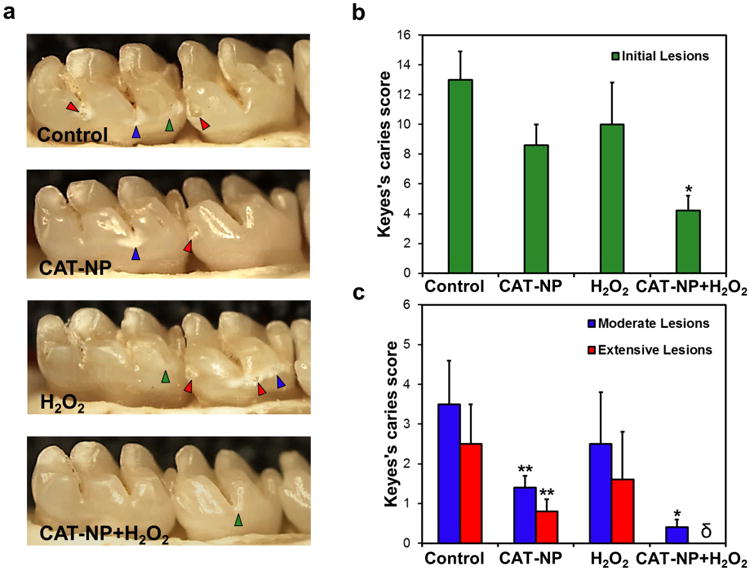Figure 5. Protection against development of carious lesions by CAT-NP/H2O2 treatment.

a , Images of teeth from rats treated as noted. Green arrows indicate initial lesion formation where areas of the enamel is demineralized and become white; blue arrows show moderate carious lesions where areas of enamel are white-opaque or damaged. In some areas, the enamel is eroded leading to cavitation, which are the most severe carious lesions (red arrows). Caries scores are recorded as stages and extent of carious lesion severity according to Larson's modification of Keyes' scoring system: b, Initial lesion (surface enamel white); c, moderate lesion (enamel white-opaque) and extensive (cavitation with enamel eroded and underlying dentin exposed). Data are shown as mean ± s.d. *P ≤ 0.001 (vs. control); ** P ≤ 0.05 (vs. control); δ indicates non-detected.
